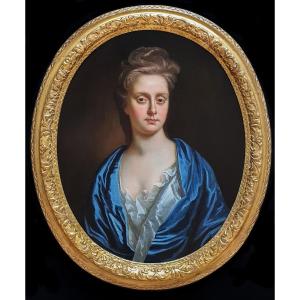The sitter is said to be Lady Anne Stapylton (nee Kaye), born Ann Kaye on 4 January 1663. She was the daughter of Sir John Kaye, 2nd Baronet of Woodsome (c.1641-1706). She married Sir Bryan Stapylton, 2nd Baronet of Myton (c.1657-1727) on 15 April 1680 in Almondbury, Yorkshire. Sir Brian was an English politician who sat in the English and British House of Commons between 1679 and 1715. The Stapylton family date back beyond the Norman Conquest, having previously held lands around Stapleton, Richmondshire. Sir Brian succeeded to the baronetcy and the family seat, Myton Hall, following his father's death in 1679. The couple had three children: John Stapylton (c.1683- 1733), Anne Stapylton, and Elizabeth Stapylton. Lady Anne died in 1730 at the age of 67.
Myton Hall, Myton-on-Swale is a Grade I Listed Building and was the seat of the Stapylton family from around 1693 until 1933. A rather distinguished late 17th century house; it is thought to have been designed by John Etty.
John Closterman (1660-c.1711) developed a strong reputation as one of London's leading portraitists in the late 17th century, depicting royalty, nobility and key society figures of the period. Closterman was a leader in the race to be London’s leading society portraitist and the sitters would have been acquainted with his talent. He is one of the most inventive of the northern European artists who flourished in England at the end of the seventeenth century. He was born in Osnabrück (now in Lower Saxony), his father was an artist in Osnabruck, and Closterman was initially taught by him). His work reflects the French Baroque due to his experience painting in the studio of Francois de Troy, where he spent some time in 1679, and he brought to London two years later an exceptionally luxurious inventiveness which was responsible for some of the remarkable portraits of the period. He spent a couple of years as drapery painter in partnership with John Riley, later completing several of Rileys’ works after his death - this practice hardly prepared the English for the richness of his own work. By the middle of the decade he had set up independently, and was working for well-to-do and often distinguished professional people.
In 1696 Closterman was invited to the court of Spain and he went to Marid in company with James Stanhope (later 1st Earl Stanhope) and the 3rd Earl of Shaftesbury. While there he was asked to paint the King and Queen.
The hauteur and entitlement that Closterman captures was a perfect fit between aristocratic sitter and artist and his sense of theatre and his mastery of colour – the brilliance of the wig and the sheen of scarlet drapery – explains his appeal to a broad clientele, from magnates like the Duke of Somerset and Marlborough to Sir Christopher Wren, the notable personalities of the age. Closterman died in 1711 and was buried in Covent Garden churchyard, London.
Provenance: Property of Sir John Hassard K.C.B (1831-1900) where sold at Christie’s London 25 March 1901, lot 141. Sir John Hassard was Principal Registrar of the Province of Canterbury
Measurements: Height 91cm, Width 78cm framed (Height 35.75”, Width 30.75” framed)




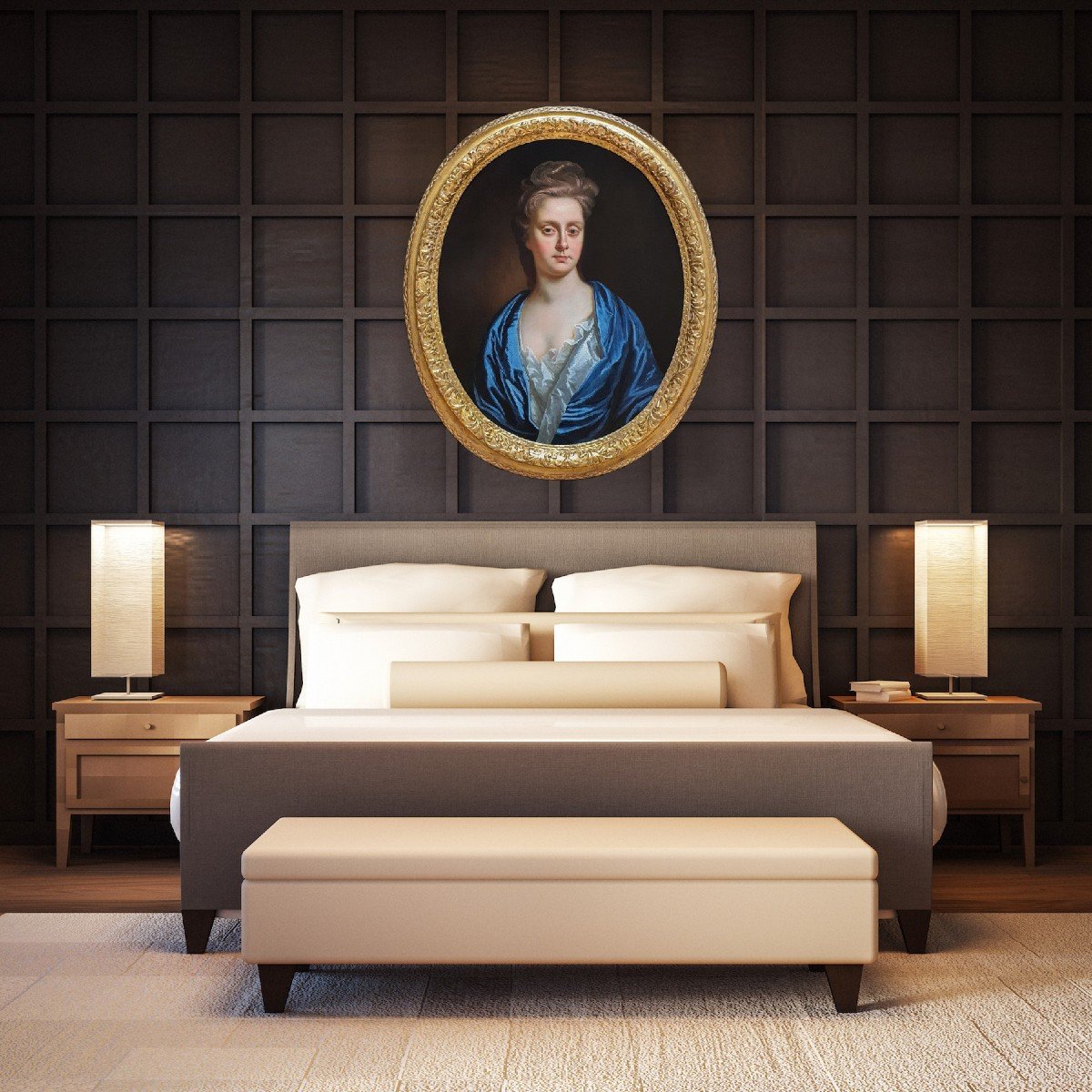




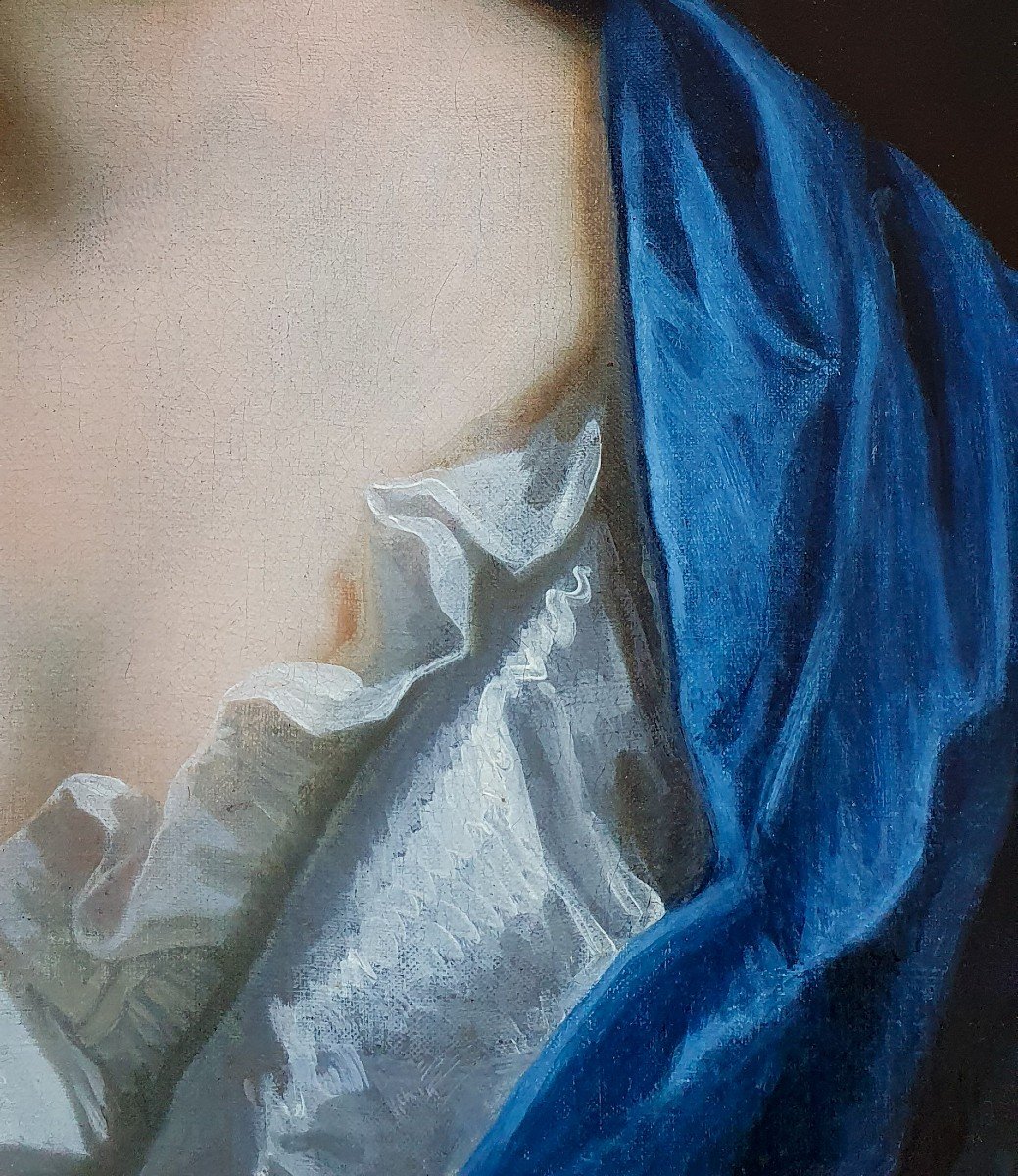



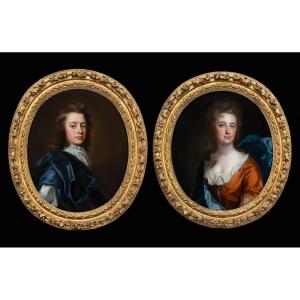





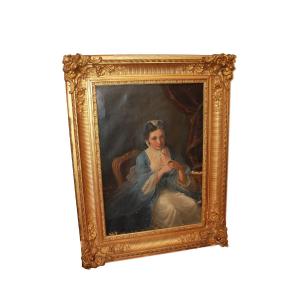


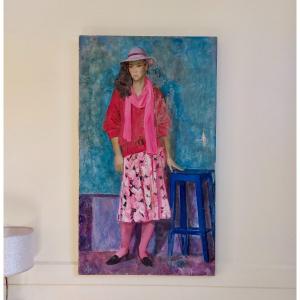



 Le Magazine de PROANTIC
Le Magazine de PROANTIC TRÉSORS Magazine
TRÉSORS Magazine Rivista Artiquariato
Rivista Artiquariato
